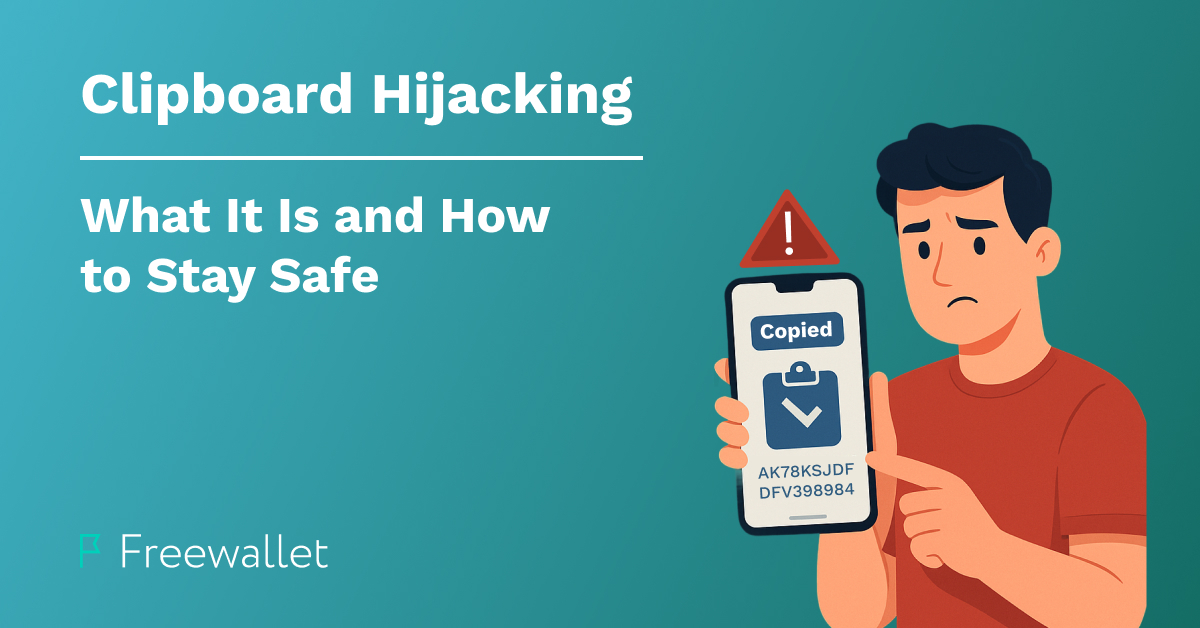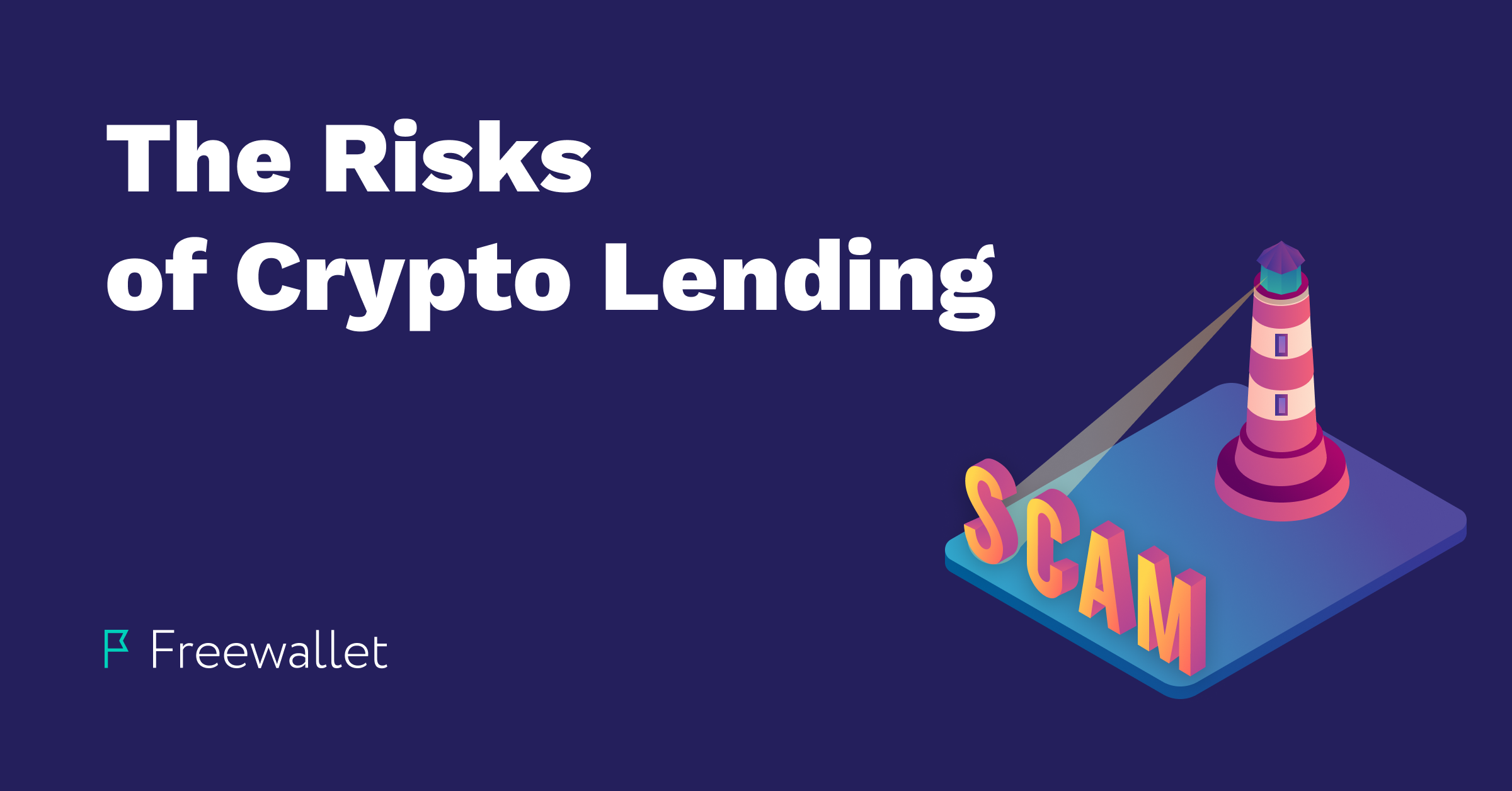
Clipboard hijacking might sound like a niche cybersecurity issue, but it can have serious consequences, especially if you regularly copy sensitive information like cryptocurrency wallet addresses or login credentials. Let’s break down what it is, how it works, and what you can do to protect yourself.
What Is Clipboard Hijacking?
When you copy something on your device—like text, links, or files—it is temporarily stored in the clipboard. Clipboard hijacking is a cyberattack in which a malicious program or script silently monitors the clipboard and replaces its contents without your knowledge.
This can be particularly dangerous if you’re copying something important, such as a bank account number or a crypto wallet address.
How Does It Work?
There are two main ways attackers pull this off:
1. Malware or Background Scripts
Once installed on your device, the malware runs quietly in the background. It monitors whatever you copy, and if it spots something like a wallet address or payment information, it immediately swaps it with the attacker’s own data.
If you’re not paying attention, you might accidentally send money to the wrong person.
2. Web-Based Exploits
Sometimes, certain websites (often malicious ones) can use JavaScript to access your clipboard. This usually requires permission, but in some browsers or with shady extensions, it can happen more easily than you’d expect.
What Gets Targeted Most Often?
- Cryptocurrency addresses (Bitcoin, Ethereum, etc.)
- Bank details and login credentials
- Payment URLs or checkout links
- Security tokens or one-time passcodes
- Passwords or private keys
A Realistic Scenario
Imagine you’re about to send crypto to a friend. You copy their wallet address, paste it into your exchange app, and hit send.
But in the background, clipboard hijacking malware has already replaced the address you copied with the attacker’s address. The funds go to the attackers, and they’re gone for good.
How to Protect Yourself
Staying safe doesn’t require drastic changes—just a few smart habits:
- Install reliable anti-malware software and keep it up to date. Regular scans can catch clipboard-related threats.
- Always double-check what you paste, especially when dealing with crypto or financial data. Paste it somewhere safe first, confirm it’s correct, then use it.
- Avoid copying sensitive data like passwords or wallet keys whenever possible.
- Use a password manager that auto-fills credentials instead of relying on copy-paste.
- Keep your system and apps updated to patch vulnerabilities that could be exploited.
- Be careful with browser extensions, downloads, and unfamiliar websites. Stick with trusted sources.
- If you’re on Windows, consider using the built-in Clipboard History tool (Win + V) to check for recent suspicious additions.
Related
Stay tuned
Subscribe for weekly updates from our blog. Promise you will not get emails any more often.
Most Popular
New Posts
Stay tuned
Subscribe for weekly updates from our blog. Promise you will not get emails any more often.






